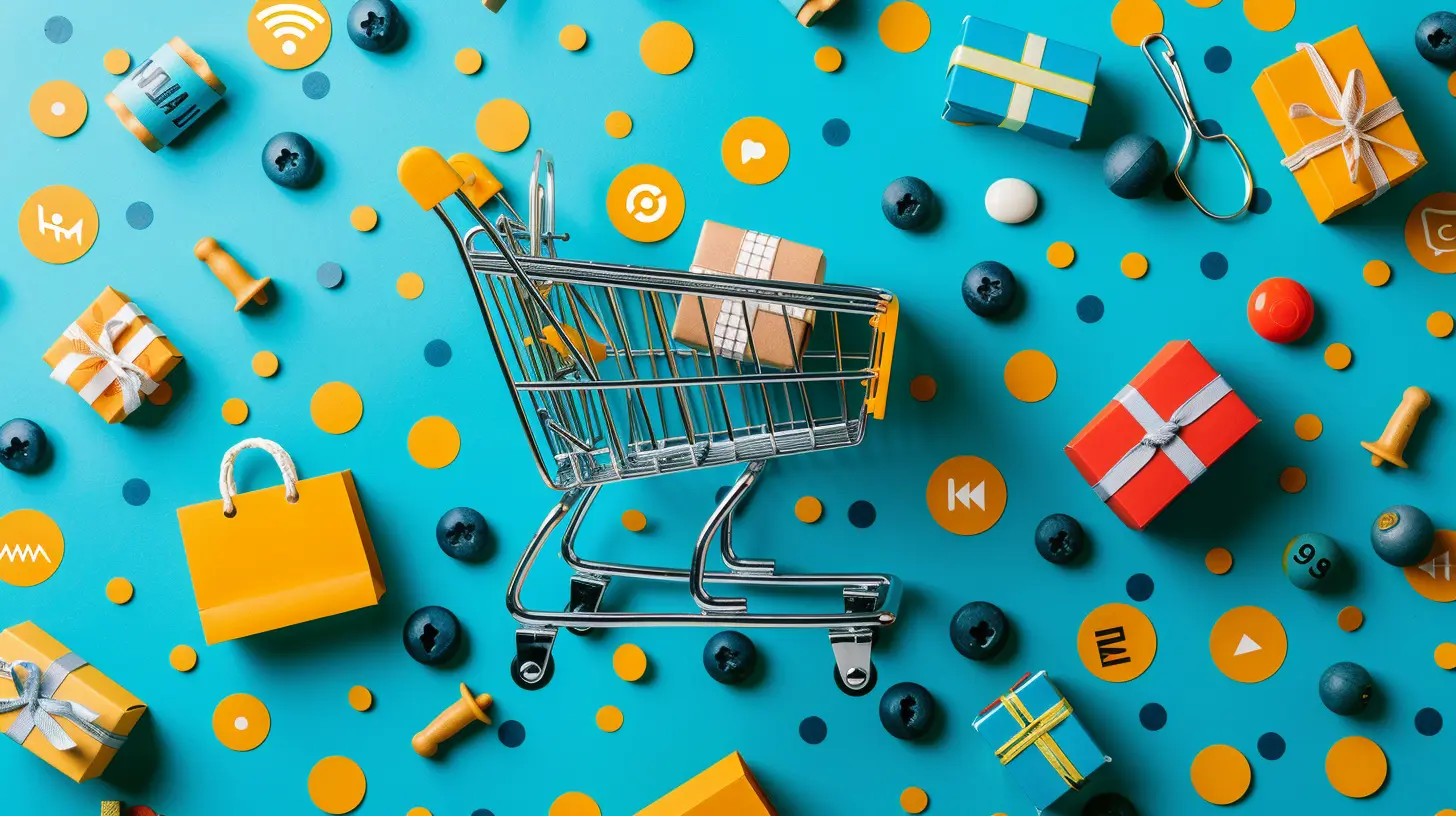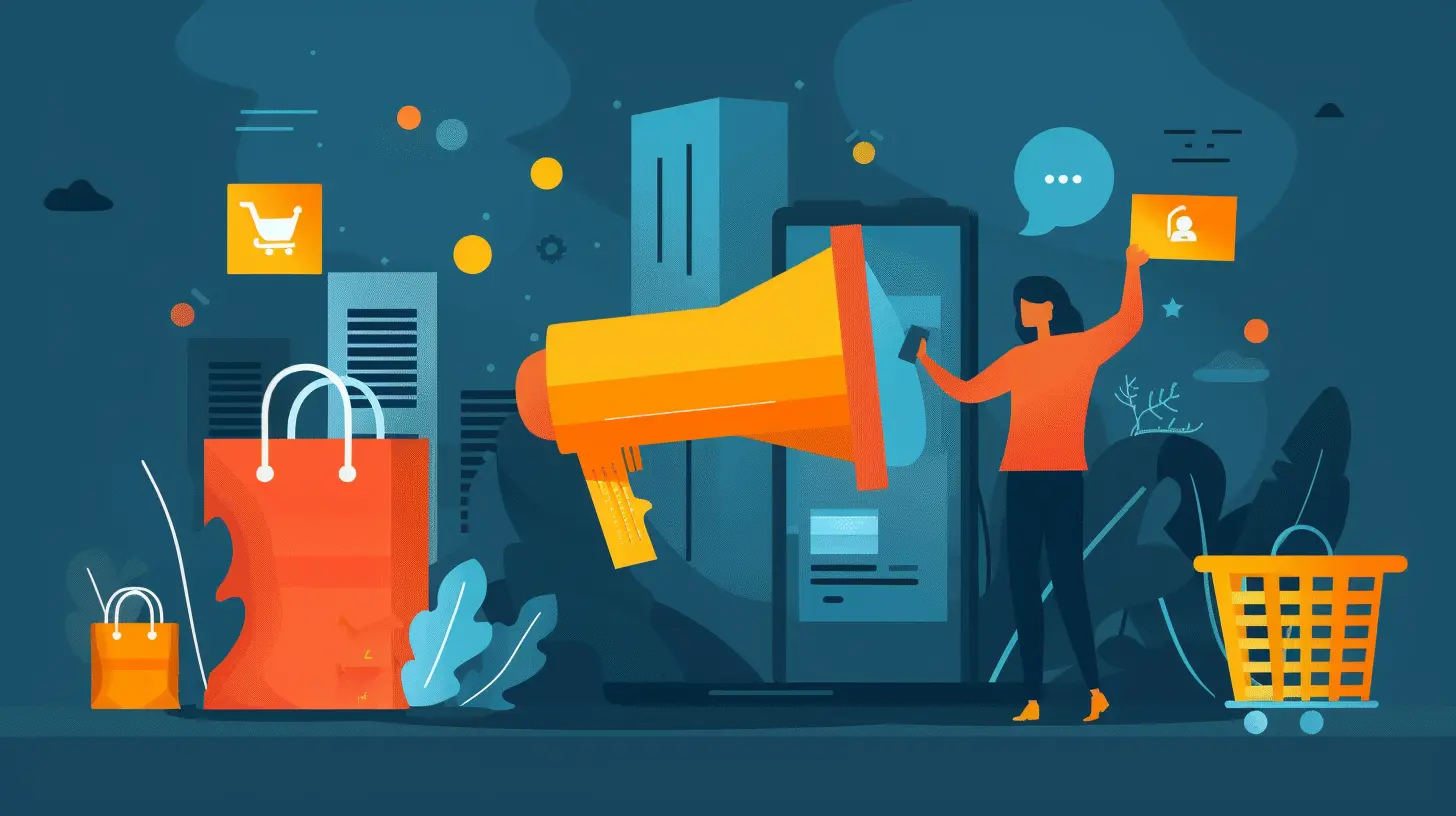Using Influencer Marketing to Boost E-Commerce Visibility
21 July 2025
Let’s be real—if you’re running an e-commerce business and you’re not tapping into the power of influencer marketing, you’re probably leaving serious money on the table. Like it or not, influencers are today’s digital word-of-mouth powerhouses. They’ve got the attention, the trust, and most importantly—the audience.
In an oversaturated online marketplace where everyone is shouting, influencer marketing lets you whisper straight into the ears of the people who actually care. Sounds powerful, right? That’s because it is.
So buckle up, because we’re about to dive headfirst into how you can use influencer marketing to crank up your e-commerce visibility like never before.
Why Influencer Marketing Isn’t Just a Trend—It’s a Game-Changer
People trust people—more than they ever trust ads, algorithms, or brand promises. That’s why influencer marketing works. It’s not just a trend that’s going to fade away next season like the latest TikTok dance. This strategy is here to stay because it taps into something timeless: human connection.Let’s break it down.
Imagine scrolling through your feed. Your favorite fitness guru raves about a new brand of protein bars. They show you how they eat it post-workout, give their honest thoughts, and maybe even drop a discount code. Boom—you’re intrigued. That’s the magic of influencer marketing. It doesn’t feel like a sales pitch. It feels like a recommendation from a friend.
What Makes Influencer Marketing So Effective?
Before we dive into the how-to, let’s talk about the why. Here are just a few reasons influencer marketing can absolutely blow the roof off your e-commerce visibility:- Authenticity Rules: Influencers build their following by being real (or at least appearing to be). Their audience trusts them, and that trust extends to the brands they endorse.
- Laser-Targeted Audiences: Whether it's makeup fanatics, sneakerheads, eco-conscious moms, or tech nerds—there’s an influencer for every niche. You’re not throwing spaghetti at the wall here; you’re serving sushi to sushi lovers.
- Content That Converts: Influencers aren’t just promoting; they’re creating. Their content is often more engaging and effective than traditional ads because it aligns with their personal brand.
- Social Proof Galore: When a fan-favorite influencer backs your product, it gives you instant credibility that money alone can’t buy.
Step-by-Step: How to Use Influencer Marketing to Skyrocket Your E-Commerce Visibility
Let’s not waste any time. You’re here to win, not to scroll. Here’s your go-to playbook for crushing e-commerce with influencer marketing.1. Define Your Goals (Seriously, Don’t Skip This)
Think of influencer marketing like a GPS. If you don’t know where you’re going, how the heck will you get there?Start by answering this:
- Are you looking for more traffic?
- Trying to boost brand awareness?
- Want more social followers?
- Need those sweet, sweet conversions?
Your goal will dictate your approach. For example, if visibility is your focus, go for influencers with high reach. If conversions are what matter, lean into micro-influencers with loyal, engaged followers.
2. Identify the Right Influencers—Not Just the Biggest Ones
Here’s where most brands mess up—they chase follower counts like toddlers chasing candy.Don’t do that.
Big doesn’t always mean better. In fact, micro-influencers (those with 10K to 100K followers) often deliver better engagement and return on investment than the megastars. Why? Because their communities are tighter, more niche, and more loyal.
Look beyond follower numbers. Assess:
- Engagement rate
- Content quality and consistency
- Audience demographics
- Brand alignment (Would they actually use your product?)
Pro tip: Use influencer platforms like Upfluence, AspireIQ, or just plain ol’ Instagram search and hashtags to dig them up.
3. Build a Relationship First—Don’t Slide Into DMs with a Pitch
Would you propose marriage on the first date? Hope not.Same goes for influencers. Before you even think about sending that pitch, engage with their content. Like, comment, share. Be a human. Build rapport.
When you finally reach out, make it personal—not a cookie-cutter script. Tell them why you love their content, how your product aligns with their vibe, and what’s in it for them.
This approach? It’s the difference between getting ghosted and getting a “heck yes.”
4. Choose the Right Type of Campaign
Not all influencer campaigns are created equal. Here are a few popular formats:- Sponsored Posts: Influencer creates content promoting your product.
- Product Seeding: You send free products with no strings attached (sometimes turns into free exposure).
- Affiliate Programs: Influencers get a cut for every sale they generate via a unique link or code.
- Giveaways/Contests: Engage their audience and grow your reach at the same time.
- Takeovers: Influencer runs your account for a day, adding their unique flair.
Pick what fits your goals and budget.
5. Set Clear Expectations (So Nobody’s Guessing)
Even if you’re chill, don’t wing it.Create a solid brief outlining:
- Deliverables (Number of posts, stories, reels, etc.)
- Timeline
- Do’s and Don’ts (e.g., no offensive language, must showcase branding)
- Compensation (Cash, commission, free products, combo)
- Usage rights (Can you repurpose their content?)
When everyone’s on the same page, the results are smoother, better, and way less messy.
6. Measure What Matters
You can’t manage what you don’t measure. So track the heck out of your campaign.Key metrics to watch:
- Engagement (likes, comments, shares)
- Reach and impressions
- Referral traffic (via UTM links or affiliate codes)
- Conversions and revenue
- Follower growth
Use tools like Google Analytics, Shopify data, or influencer platforms to get the full picture. Then use those insights to tweak and improve your future campaigns.
Real Talk: Avoid These Influencer Marketing Mistakes
Let’s not sugarcoat it—people mess this up all the time. Avoid these landmines:- Not researching your influencer: If they’ve got fake followers or a sketchy past, it’ll come back to bite you.
- Being too controlling: You hired them for their voice—let them use it.
- Skipping contracts: Verbal agreements are cute until someone ghosts you. Always. Use. A. Contract.
- Ignoring FTC guidelines: That “#ad” tag isn’t optional—it’s the law. Transparency is non-negotiable.
Influencer Marketing Trends You Need to Jump On
This space moves fast, so here’s what’s hot right now:1. Video Content Is King
Think Reels, TikTok, YouTube Shorts. If it dances, points at text, or tells a mini-story—it wins. Short-form video isn’t just fun. It converts.2. Nano-Influencers Are the New MVPs
Don’t underestimate the underdogs. Nano-influencers (fewer than 10K followers) have sky-high engagement and offer affordable partnerships.3. Long-Term Collaborations Over One-Offs
One post isn’t love—it’s a fling.Build long-term relationships with influencers who vibe with your brand. It makes the promotion feel more authentic, and audiences notice the consistency.
4. Social Commerce Is Blowing Up
Platforms like Instagram and TikTok are now shopping platforms in disguise. Influencers can tag products directly, making the buying journey seamless for their fans.You’d be crazy not to take advantage of this.
Wrapping It Up: Influencer Marketing Isn’t Optional Anymore
If you’re running an e-commerce brand in today’s digital jungle, influencer marketing isn’t just a nice-to-have—it’s survival. It gives you reach, trust, credibility, and direct access to your target audience, all wrapped in engaging content that doesn’t feel like a pushy sales message.Whether you’re a startup trying to make noise or an established brand looking to stay relevant, influencers can be your megaphone, your creative team, and your biggest fans rolled into one.
So what are you waiting for? Slide into some DMs, craft killer campaigns, and get your e-commerce brand the visibility it deserves.
You’ve got the playbook—now go win the game.
all images in this post were generated using AI tools
Category:
E CommerceAuthor:

Susanna Erickson
Discussion
rate this article
2 comments
Kaleb Jennings
Inflatable pool floats and influencers: the perfect combo for making waves in e-commerce!
November 25, 2025 at 4:36 AM
Cruz Hayes
Great insights! Influencer marketing is such a smart way to reach new audiences. It's amazing how authentic recommendations can significantly boost e-commerce visibility. Love this topic!
July 30, 2025 at 4:06 AM

Susanna Erickson
Thank you! I’m glad you found the insights valuable. Influencer marketing truly is a powerful tool for enhancing e-commerce visibility!


